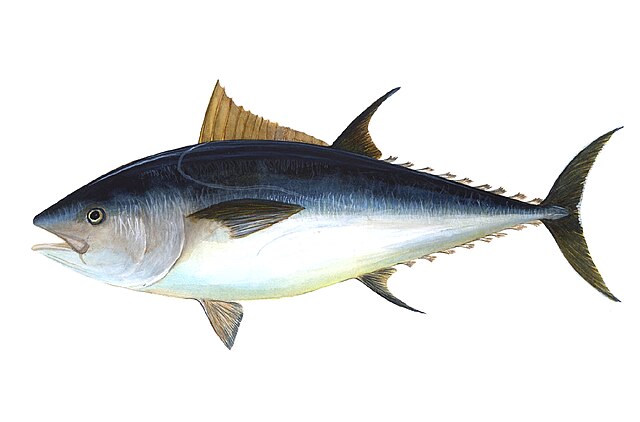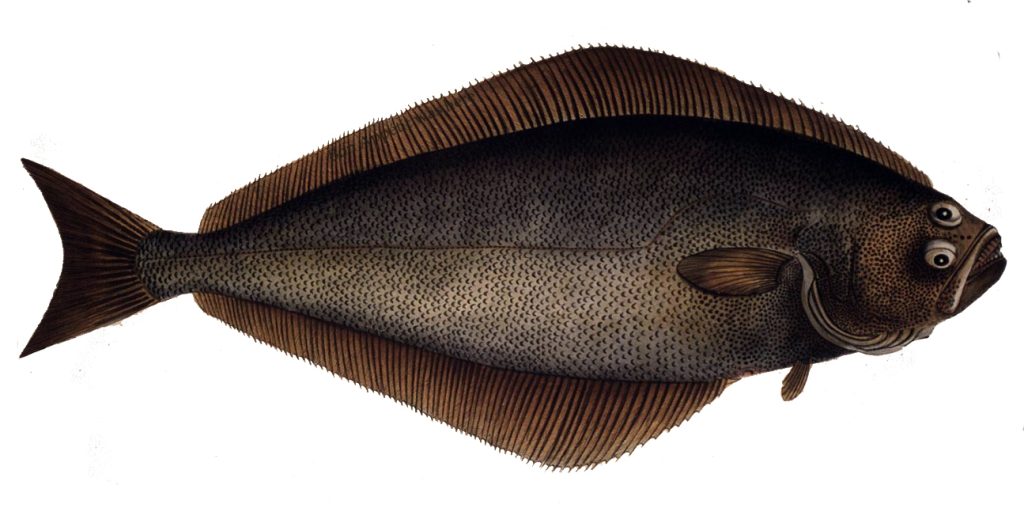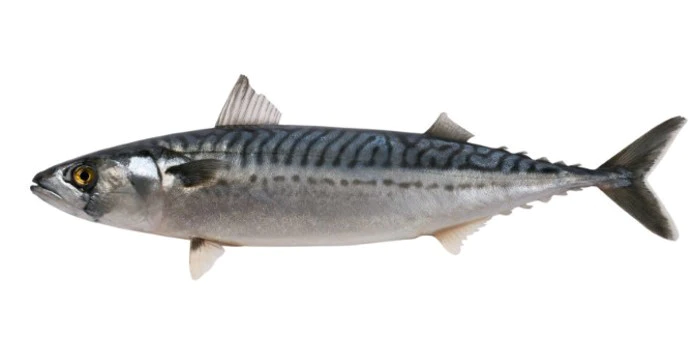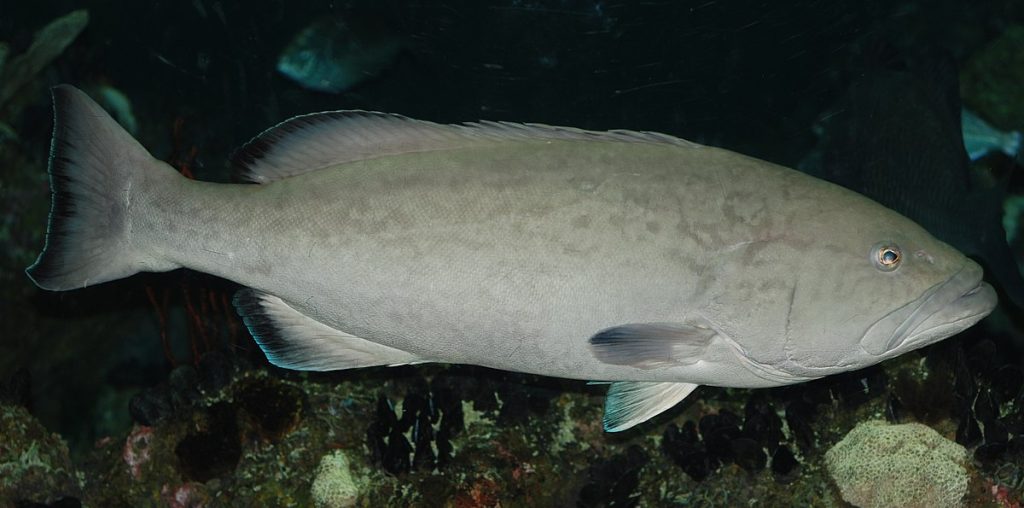Introduction
Fish is a healthy non-vegetarian food that people have been eating for many years. It comes in different textures and gives immense health benefits. Fishes come in different forms and colours, but all these fishes have different tastes and different health values. Top 10 Fishes to eat for overall Health. Fishes to eat for overall Health. Fish.
For centuries, humans have been drawn to the bounty of flavours that the world’s waters offer.
Each of these fish species possesses distinct characteristics that cater to various palates and cooking techniques, making them essential ingredients in the world of cuisine.
As we delve further into the depths of this topic, we will explore not only the flavours but also the cultural significance and sustainable practices associated with these delectable aquatic treasures.
The benefit of Fishes in Overall Health
Rich in Omega-3 Fatty Acids: Fishes are rich in Omega-3 fatty acids. Omega 3 helps in reducing heart diseases, and improving brain health and has so many other health benefits.
Brain Health: Because fishes contain Omega 3 it certainly improves brain function and Thai fatty acid plays an important role in developing the brain.
Omega 3 fatty acids help maintain a cognitive function which will help in better functioning of brain health.
Rich in Protein: Fishes are a great source of protein, which is so important for building damaged body tissues in the body. You should add fish to your diet for better health management.
Top 10 Fishes to eat for overall Health
Salmon:

_image source: Wikipedia
Description: Salmon is so popular and has so many different varieties and species which can be found in different areas of the world.
Flavour and Texture: The flavour and Texture of Salmon are so smooth and taste like butter it is flaky and can be easily made in different types of dishes.
Health Benefits: Salmon contains Omega 3 Fatty acids which are very good for the heart, brain and skin. It contains a good amount of protein, Vitamin D and B.
Tuna:

Description: Tuna is a kind of fish which is available in different varieties, it is found in different places and has different varieties.
Flavour and Texture: Tuna flavour and texture are quite smooth and soft and have a very strong flavour. It’s often enjoyed raw in sushi or cooked briefly to preserve its tenderness.
Health Benefits: Tuna contains Protein and Omega-3 Fatty acids. However, be mindful of mercury levels, especially in larger, predatory tuna species.
Cod:

Description: Cod is a white fish found in the North Atlantic Ocean and is known for its mild, flaky white flesh.
Flavour and Texture: This is delicate, sweet and flaky. It is so versatile and can be cooked in different ways.
Health Benefits: This fish is low in calories and becomes one of the best options for those who are looking to lose weight and get in shape.
Trout:

Description: This fish is found in FReshwater and has a very vibrant pink and orange flesh. Varieties include rainbow, brown, and brook trout.
Flavour and Texture: Trout has a delicate, nutty flavour and a tender, flaky texture. It’s often pan-fried, grilled, or baked whole.
Health Benefits: Trout is very high in Fatty acids and proteins. It contains so many nutrients like vitamin B12 and potassium.
Mahi-Mahi:

Description: The other name for this fish is dolphin fish it is dark dark-coloured fish found in warm water.
Flavour and Texture: Mahi-mahi has a mild, sweet flavour and a firm, lean texture. It’s commonly grilled, blackened, or used in fish tacos.
Health Benefits: This fish is very low in calories and has so many nutrients like vitamins B6 and B12.
Halibut:

Description: This fish is large and can be found in both the Atlantic and Pacific oceans.
Flavour and Texture: It has a sweet flavour and dense texture. It is very versatile and can easily get soft in mild heat.
Health Benefits: It has so many minerals along with protein, potassium, magnesium and others. It is very low in fat and makes cardio stay healthy.
Sardines:

Description: Sardines are small, oily fish typically sold canned. They are abundant in the Mediterranean and other seas.
Flavour and Texture: Sardines have a strong, savoury flavour and a tender, edible bone structure.
Health Benefits: They contain a good amount of Fatty acids, calcium and vitamin D. Fish is very sustainable and affordable.
Mackerel:

Description: Mackerel can be found in both Atlantic and Pacific water. This fish has so many varieties and species.
Flavour and Texture: Mackerel has a rich, robust flavour and a moist, oily texture.
Health Benefits: It also works the same as other fishes. It also contains omega-3 fatty acids and vitamin B12.
Grouper:

Description: Grouper is a large fish found in warm waters in Mexico.
Flavour and Texture: Grouper has a mild, sweet flavour and a firm, flaky texture, People eat it in different forms like in sandwiches or wraps.
Health Benefits: This contains a good amount of [protein is very low in calories and contains many nutrients such as Vitamin D, B6, and so many others.
Barramundi:

Description: This fish is also known as Asian sea bass, it is a farming fish found in the Pacific region.
Flavour and Texture: This fish is soft and firm, and found in flaky textures. It is versatile and can be easily baked or grilled.
Health Benefits: Barramundi contains so much vitamin D and magnesium. It is perfect for someone concerned about sustainability.
Conclusion
Fish not only come in so many different varieties but also have so many health benefits. Textures also come in different forms like flaky too lean, firm to pungent so many. These offer so many tastes and health values and satisfy hunger and cravings with health benefits.
The health benefits are so many when it comes to fish like they are so high in Omega 3 Fatty acids, which help in good heart and brain health. Fishes contain so many micronutrients like high-quality protein and so many different vitamins and minerals which help in overall health.
But there is a downside, like you have to choose fish very responsibly, considering all the aspects like mercury content, specifically for pregnant women and children. A good practice for preserving these aquatic ecosystems further.
FAQs
What is the importance of eating fish?
Fishes are very rich in calcium and phosphorus which is very beneficial for your health.
Which fish is commonly eaten?
The most common fish is Salmon.
How much fish to eat in a week?
2-3 servings of fish every week is good enough to get enough nutrients.
Is eating fish daily good for your health?
Including fish in your diet is the best thing it improves overall health and keeps you away from chronic health diseases.
Does eating fish help in improving skin?
Yes, fishes contain Omega 3 Fatty acids which will help in improving skin texture.
Does fish help in brain functioning?
Yes, fish helps in improving cognitive function in the brain and makes it work even faster.
Which Fish contains the highest amount of Protein?
Tuna Fish contains the highest amount of protein.
Is fish good for your heart?
Yes, eating fish will help you to lower the risk of cardiovascular disease.
Is fish good for your eyes?
Yes, it contains Omega 3 Fatty acids which the retina needs to function properly.
What we should not eat after eating fish?
Fishes should not be eaten along with honey, milk, jaggery, milk or yoghurt.
see also : Top 10 no-carb foods without Sugar in 2024
Reference Links
https://www.healthifyme.com/blog/wp-content/uploads/2022/01/Benefits-of-Salmon.jpeg
https://www.healthline.com/health/food-nutrition/11-best-fish-to-eat

